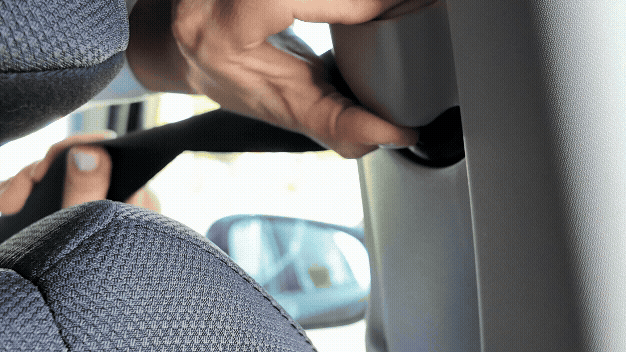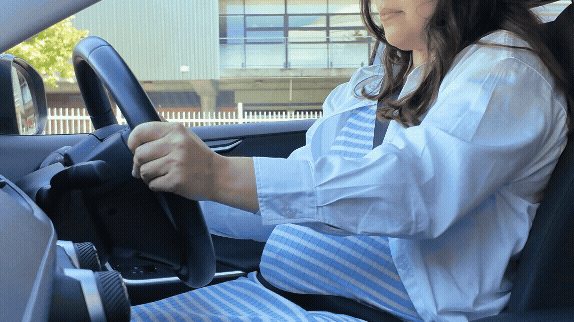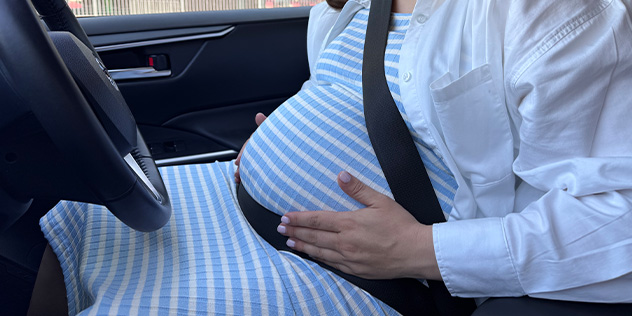
New NRMA research has found 25 per cent of pregnant women are not wearing a seatbelt every time they travel, with the organisation calling for more information and guidance around proper seatbelt use during pregnancy.
The survey of more than 200 women who were currently pregnant or had been pregnant in the last year found that of those who had not worn a seatbelt correctly did so because they believed it was:
Wearing a seatbelt during pregnancy is essential to protect both mother and baby. In the event of a crash, a properly worn seatbelt significantly reduces the risk of serious injury. Here are some tips on how to ensure you’re buckled up correctly.
Across Australia, it’s not just common sense – it’s the law. All vehicle occupants, including pregnant women, are legally required to wear a seatbelt correctly while travelling in a car. You’re more likely to survive a car crash if you’re wearing a seatbelt correctly.

As your pregnancy progresses, your comfort levels may change. If the seatbelt starts to feel uncomfortable, it’s a sign that adjustments are needed.
Changes to the seatbelt, seat position, or steering wheel can make a big difference in improving both comfort and safety. Here are some general tips to help, and don’t forget to check your vehicle’s manual for more specific guidance.
Adjusting the height of the seatbelt can help the shoulder belt sit correctly across the shoulder and between the breasts.
In most vehicles, the seatbelt is attached to the ‘B-pillar’ - the post where the front and rear doors meet. In the front seats, there is typically a mechanism that allows the attachment to slide up or down so the belt sash passes across your body in the correct position.

If you’ve already adjusted the seatbelt but it still doesn’t sit comfortably, try changing the height of your seat.
Raise or lower the seat and observe how the seatbelt rests across your shoulder to help get the right fit. It should sit across the middle of the shoulder.
You can also move the seat back to create more room between your belly and the steering wheel.
The steering wheel is also adjustable, which can be a game changer for many pregnant drivers.
You can move it closer or further away to suit your comfort, and it can also be raised or lowered.
These adjustments help drivers find a safer and more ergonomic driving position, especially when accommodating a growing belly.

No, wearing a seatbelt correctly will not harm your baby.
In fact, it’s the safest thing you can do for both you and your baby while travelling in a vehicle.
In NSW, you can be fined $423 and three demerit points for not wearing a seatbelt or wearing one incorrectly. This offence also attracts double demerits.
Fines and penalties vary across states and territories.
Seatbelt detection cameras can detect if drivers or passengers are not wearing a seatbelt or not wearing one incorrectly, including placing the seatbelt under the arm or behind the back.
No, you don’t need to purchase any seatbelt accessories specifically for pregnancy.
It is important to know that pregnancy related seatbelt accessories are not regulated and are not required to meet any minimum safety standards. Their performance in a crash is unknown.
Avoid using cushions with your seatbelt, as this may interfere with its performance.
